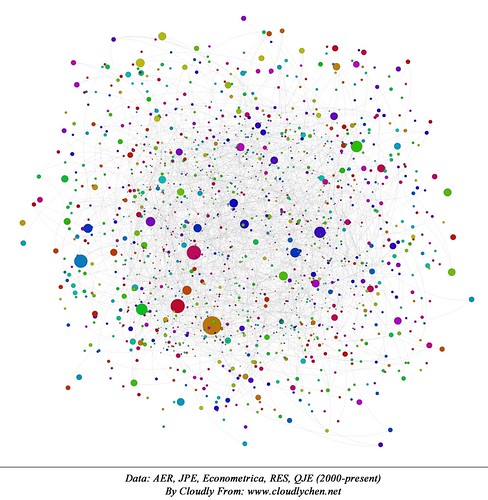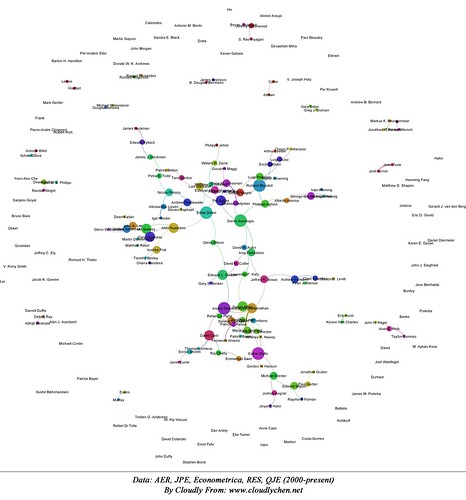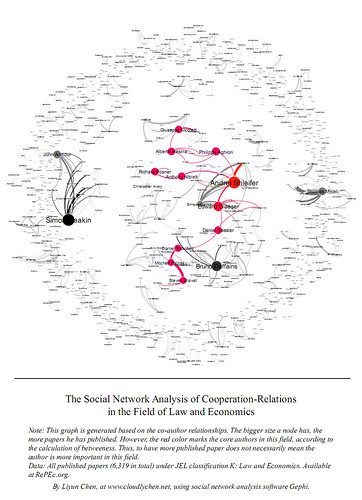Today it seemed that I had nothing better to do so I picked up two guys and went to a seminar. It was about "Optimists and Pessimists", or more specifically, the title was Insurance and Perceptions: How to Screen Optimists and Pessimists, offered by Johannes Spinnewijn from London School of Economics as a series of UPF Microeconomics Seminar. Well, I should admit that he is really young (just graduated from MIT last year)...Although there is no decent published papers listed on his CV, according to today's speech, he is supposed to be a good researcher and teacher.
As the titled says, his paper is about how to distinguish two kinds of people in the insurance market: who are optimistic and who are pessimistic. He has got some interesting conclusions by separating the optimistic behaviors into two kinds: baseline-optimistic and control-optimistic. Then follows the discussions in competitive market and monopoly market respectively, there appears the different actions what the agent and principal take. I love one of his conclusion that "people with heterogeneous abilities or risks, but identical perceptions cannot be separated" while "people with different perceptions can be separated with a menu of screening contracts, even when the true abilities or risks are the same". That indicates (I hope I understand it correctly) the expectation plays a more important role than the true abilities when deciding people's behavior. Thus, whatever your true ability is, your attitude partly decides the situation you are facing/living in. At the end, he also considered the government's role and regulation/subsides, but that was not what I really cared about then.
At last, one interesting episode. Mas-colell suddenly appeared when the seminar was going. I was shocked because I've heared that Mas-colell didn't really take part in teaching or any thing else related to our program or GSE. But he appeared... It seemed that he was still caring about what the latest economic researches are doing. Great! (But anyway, during the discussion, he didn't say any words...)
(the temporary loss of my Chinese blog forces me to post in English... Is it good or bad? I have no idea... )




